I currently have a function which detects the direction of the mouse enter. It returns an integer (0-3) for each section as illustrated below.

I'm trying to figure out how to alter this function to produce an output based on this illustration:

Basically, I just want to figure out if the user is entering the image from the left or the right. I've had a few attempts at trial and error, but I'm not very good at this type of math.
I've set up a JSFiddle with a console output as an example.
The function to determine direction is:
function determineDirection($el, pos){
var w = $el.width(),
h = $el.height(),
x = (pos.x - $el.offset().left - (w/2)) * (w > h ? (h/w) : 1),
y = (pos.y - $el.offset().top - (h/2)) * (h > w ? (w/h) : 1);
return Math.round((((Math.atan2(y,x) * (180/Math.PI)) + 180)) / 90 + 3) % 4;
}
Where pos is an object: {x: e.pageX, y: e.pageY}, and $el is the jQuery object containing the target element.